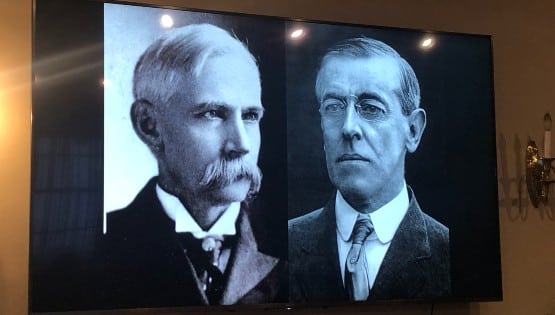
Clutter is the one that can hurt you physically by causing accidents and health issues. When you have a lot of clutter, it is hard to keep things clean, which can lead to rodents, dust mites and allergies. If you live in an apartment or small house, keep furniture, books and stools out of the entranceway or hallway. These may cause you to fall.
When it comes to organizing, it does not matter your age or where you live, you must be ruthless in your decisions and honest to yourself! If you are downsizing, now is the time to measure the space you are moving into and either donate or give to family and friends oversized furniture. If you need to purchase new, smaller furniture, buy multiuse furniture such as coffee tables and end tables with multiple drawers or use an old trunk as a coffee table. Use armchair covers that hold magazines and remotes in their side pockets.
The Pareto Principle – 80/20 Rule should help you make downsizing decisions. We use 80 percent of the stuff we have only 20 percent of the time. This means that 80 percent of the photos, clothes and furniture you have are only used or looked at by you 20 percent of the time. Now is the time to donate to charity or hand down to your relatives.
The older we get, the harder it is to remember where we put things or keep track of appointments, but there are things that can help us stay organized. Have a separate designated area for each category: appointments, bills, invitations and correspondence. Use daily or weekly medicine organizers.
It is important to label shelves and drawers using large, white labels with bold, black writing. As eyesight diminishes, it will be easier for you to read and locate your items and know where to return them. This also beneficial if you have in-home health care or family assistance.
Use different styles of hangers (wood, plastic, metal or wire) when hanging your clothes. The contrast of the hangers will help you differentiate your different types of clothing. For example: dress shirts on plastic hangers, pants on metal hangers that hold more than one pair, and coats and heavy sweaters on wooden hangers.
And finally, remember to keep the things you use daily or weekly at eyesight level or lower and as often as possible use labeled, clear tubs or bins so that you can easily see what is in them.
For more information on downsizing and organizing, contact Kathryn McMillan, owner of Clutter Conversions LLC, at 540.294.1523, or visit www.clutterconversions.com.










